Let me ask you a question: what do you like about the images you create? At what point during your creative process do you start liking what you have created? You see, there’s a principle, something called the mere-exposure effect. It’s a psychological phenomenon observed in people that we tend to like things that are familiar to us.
The mere-exposure effect is an important consideration for artists and creative people who want to create the unknown. And for photographers in particular, it’s even more important. We take bits from the real world, interpret and reproduce them as something new–as a new way of seeing. Or, at least that's what most of us want to do–if we can take our creative side seriously enough, and not settle for what we've seen, or felt, or experienced a million times. For us, that’s the question, when we like what we have created, is it because of an emotional process, an inner growth, a divulging of humankind’s secrets, a new perspective? Or… is it just familiar?
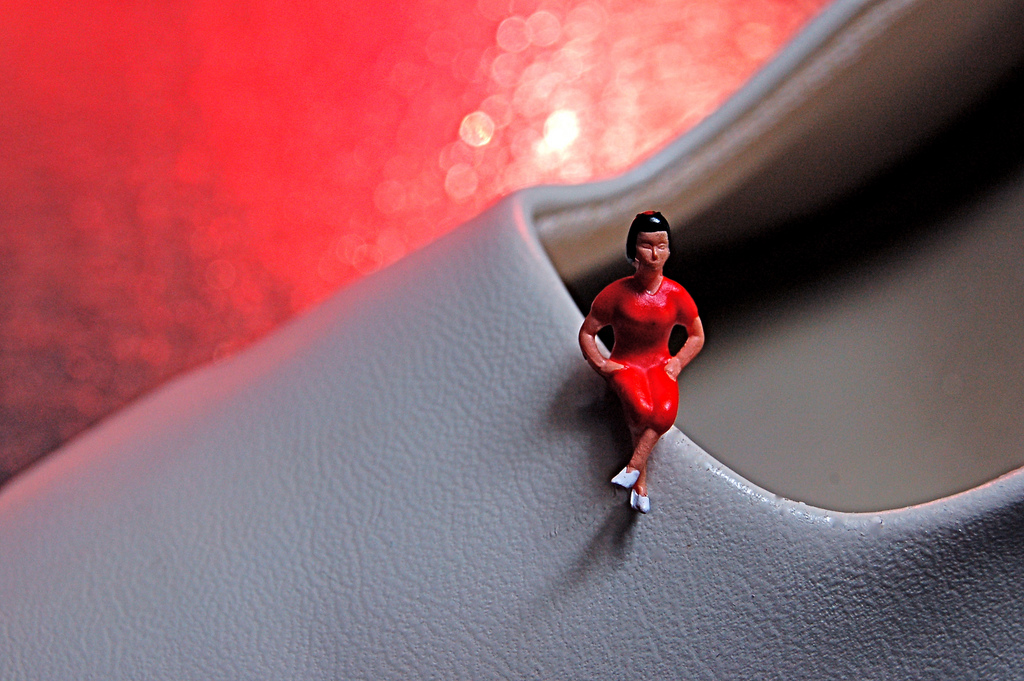
Photo by JD Hancock
“Good Art”
“Good” art isn’t familiar. It can’t be. “Good” art always goes somewhere new, always does something unexpected, always furthers the conversation in some way, however subtle. So it goes without saying, regardless of technical proficiency, not all photography is “good art”–or even “mediocre art”. In fact, technical proficiency has almost nothing to do with it. Like all mediums, photography exists on a continuum, from visceral and exploratory, to repetitive and practical.
It’s the repetitive and practical that most of us today do. Often myself included. It’s practical in that it is to an end. It’s practical because sometimes it must follow a formula of sorts, sometimes it must fill a specific need. Portrait painters at the turn of the 20th century were decrying photography as anything but art for reasons very much like this.
But the conversation has evolved since then and it seems a more holistic view of art and craft has mostly prevailed in common thought, thankfully. A painter might spend all day painting clean white walls, then go home to form the most intricate combinations of traditionally conflicting colors and shapes. She is free to see herself as an artist, and to use all of her free time like one. A photographer might spend much of her time replicating what ‘works’ for people who have paid her to do so, and the rest of the time she might be diligently trying to ferret out her creative golden calves and destroy them.
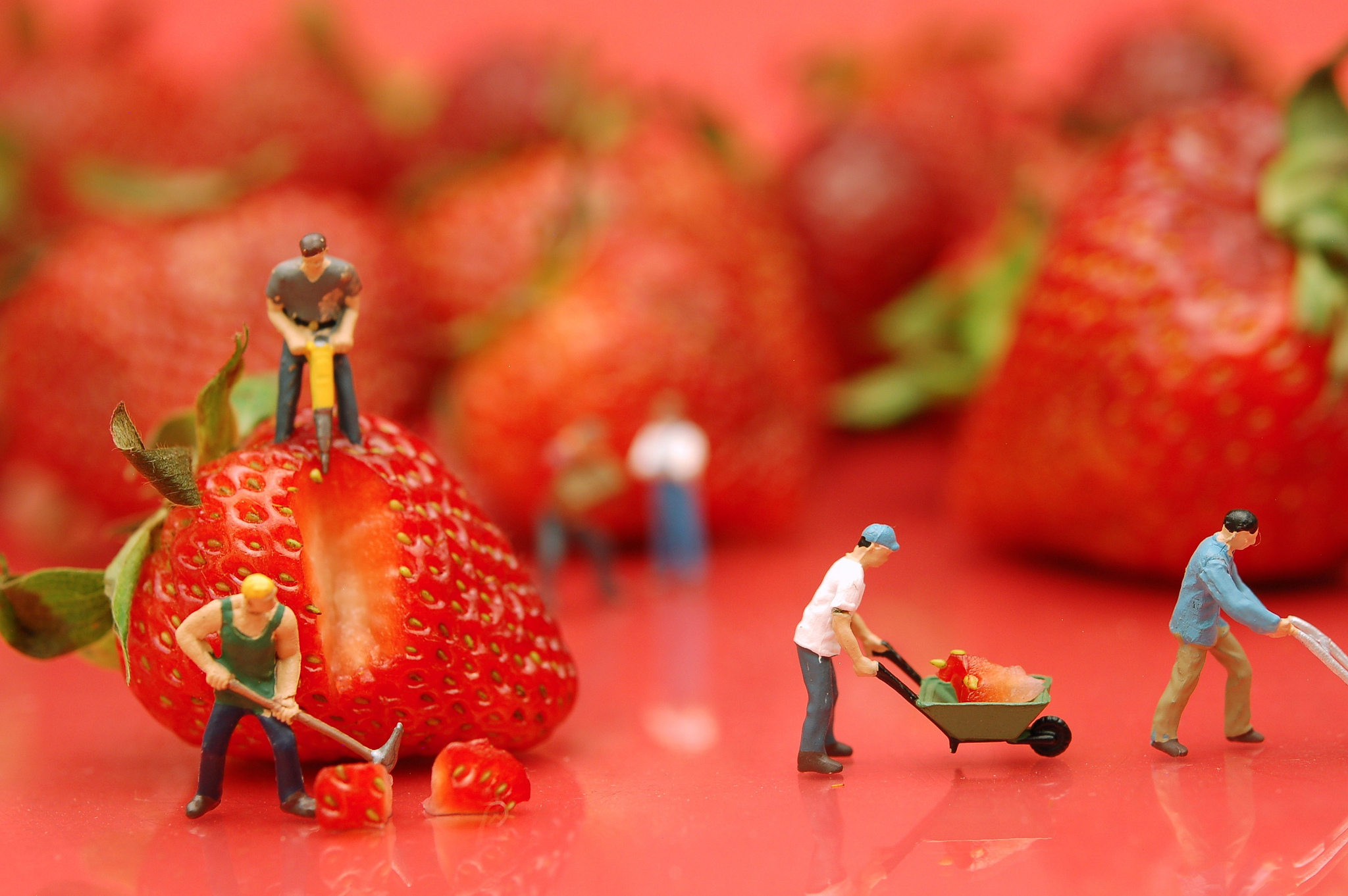
Photo by JD Hancock
Saving the Artists
We accept that this continuum exists, or our artists will keep ‘starving'. The practical skills acquired by an artist don’t need to be shackled only to the artist’s own intention. Though ‘employment’ has often be thought of as a jail cell to the artist, the ideal of doing nothing but creating art is also a form of bondage. If you know how to manipulate light, scene and subject to say something, ‘employment’ could offer untold opportunities to know what you want to say. Even if that means repeating someone else's script a lot in the meantime.
The question is, when you know what you want to say, what you want to create, will it be what everyone else wants to create too? Will it be familiar?
Life is a journey, ever evolving. Inspirations, connections, personal truth, they’re all born in the course of this pursuit we call ‘life’. Art is about life. Art cannot be life, or else your art might just be a constant loop of self referentials, easily failing to take part in the global conversation, to which artists contribute deeply, but who are not the sole contributors.
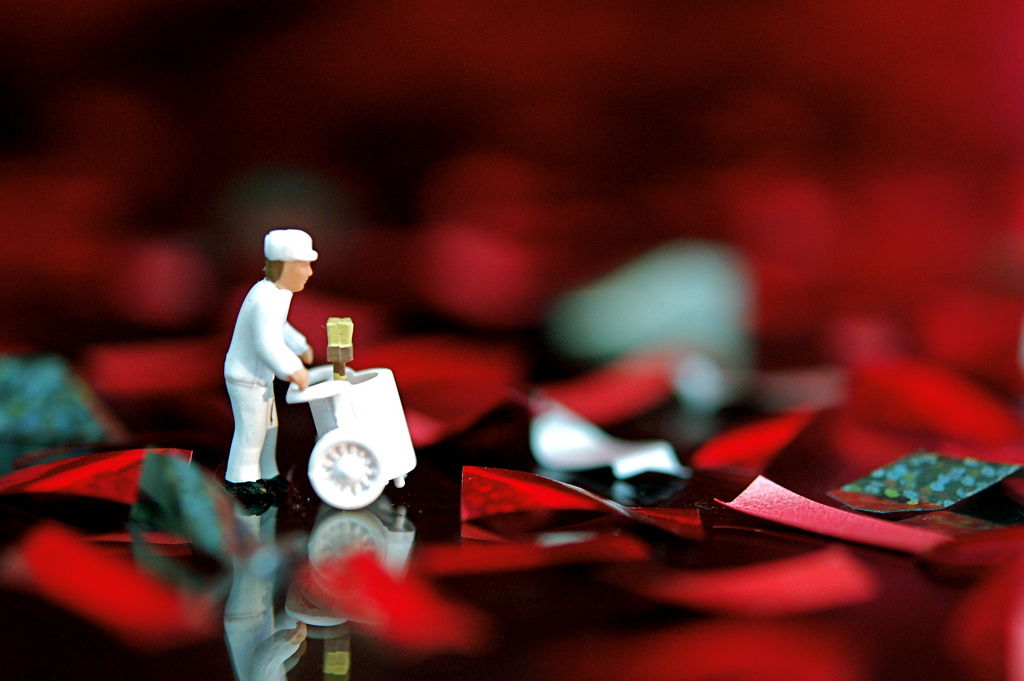
Photo by JD Hancock
Owning It
Some people will find a path that inspires them, and demands that they focus on only their art. These artists aren’t to be bemoaned or envied–their creative path comes with trade-offs just like any creative path. However, to hold this as an ideal which is so sacred that no “lesser” attempts should be entertained is a tragic misstep. One’s ability and willingness to produce something familiar on behalf of someone else makes no intrinsic statements about one’s willingness, ability and desire to strive after what is unfamiliar.
I urge you to be as practical as you must with your skills and talents. But I also urge you to own your creative side, to make it a visible part of who you are, to seek what is unfamiliar. Not just what is unfamiliar to the world at large, but what is unfamiliar to you, to your soul, to your sense of creativity. It’s in unfamiliarity that we meet the unknown parts of our being. It’s in the attempt to see new angles and perspectives on the Great Conversation of Life that we find meaning and have a real chance at making this world a better place.




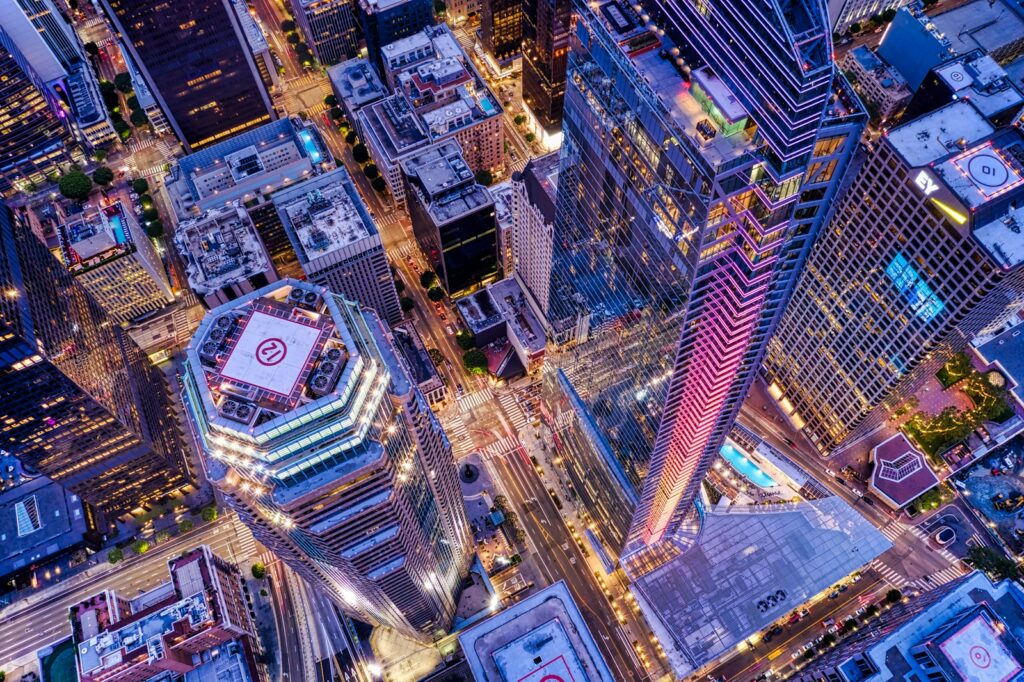
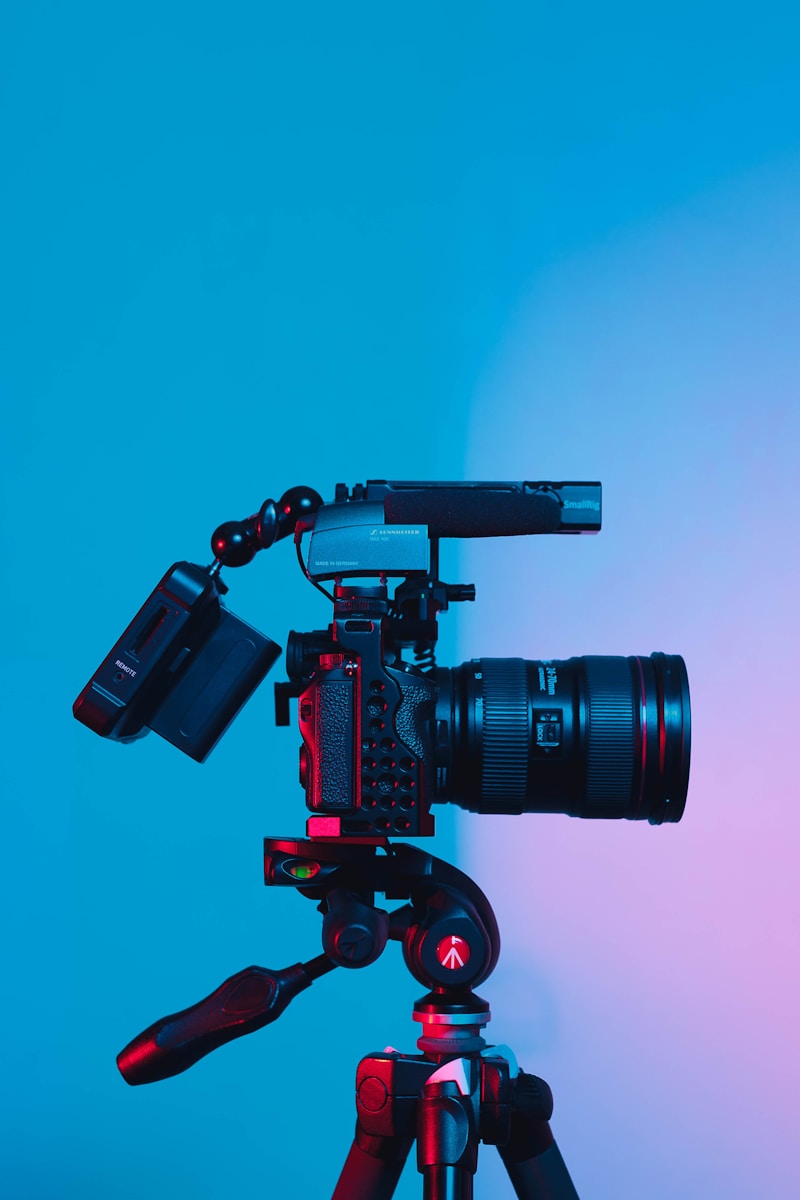
3 Comments
Great article! As an artist myself, I fully understand your point of view.
William Petruzzo, you are a very wise man. Thank you for articulating this.
You have given words to an artists mind. Your article is crystal clear. Thanks.